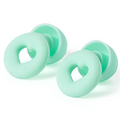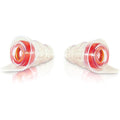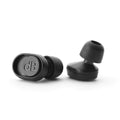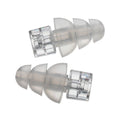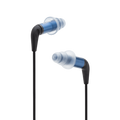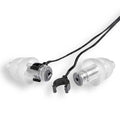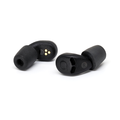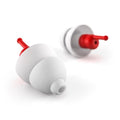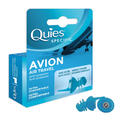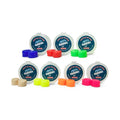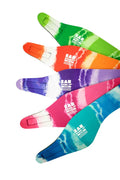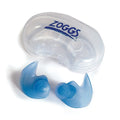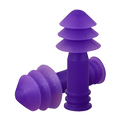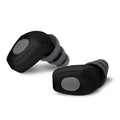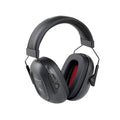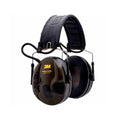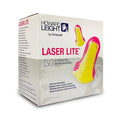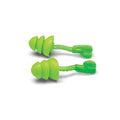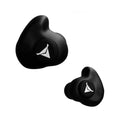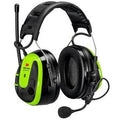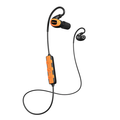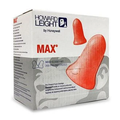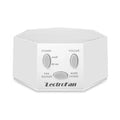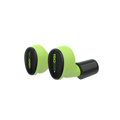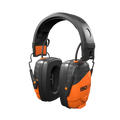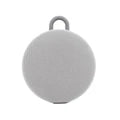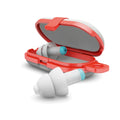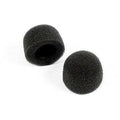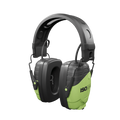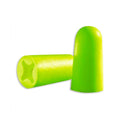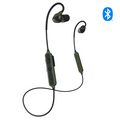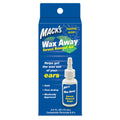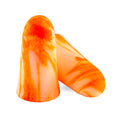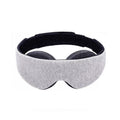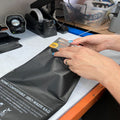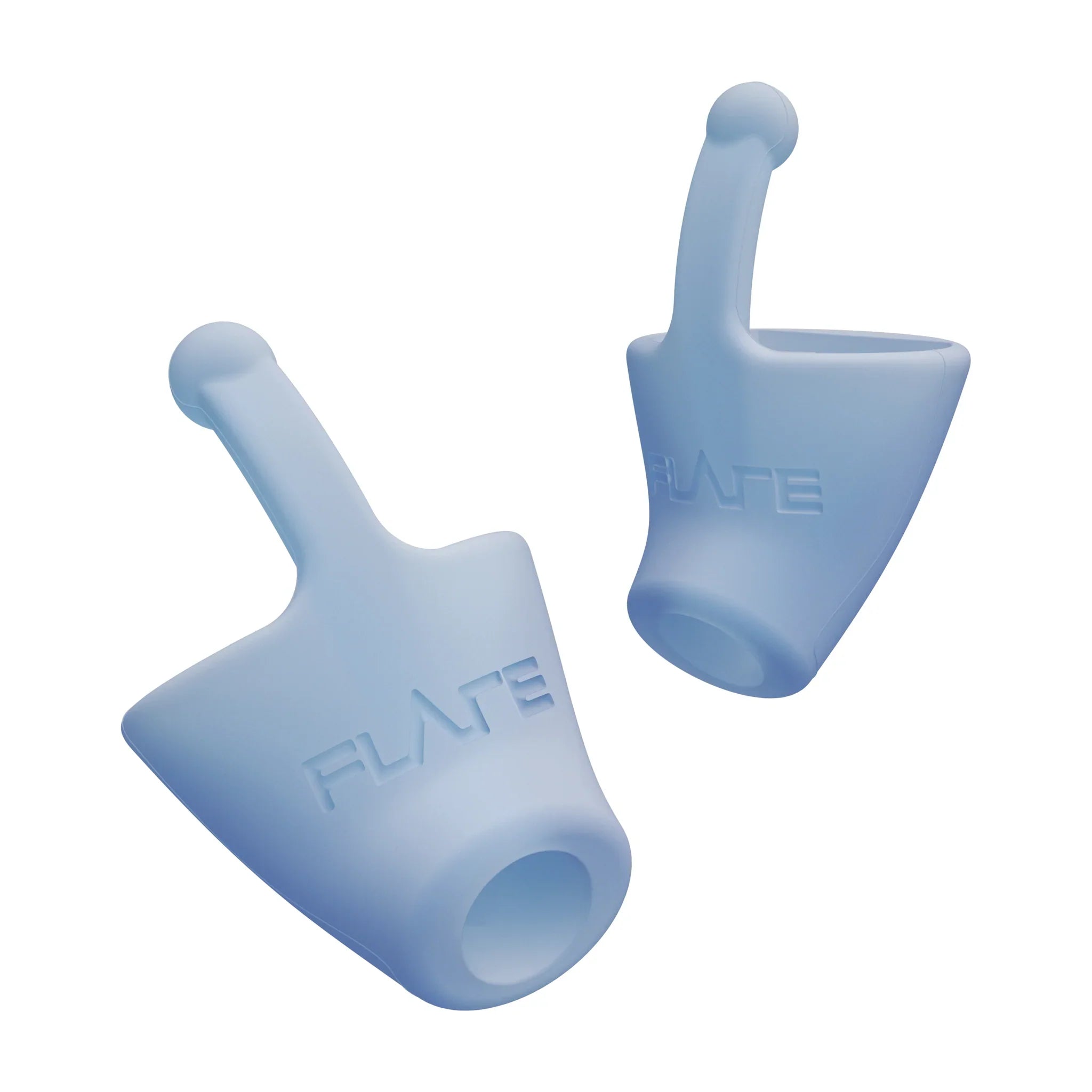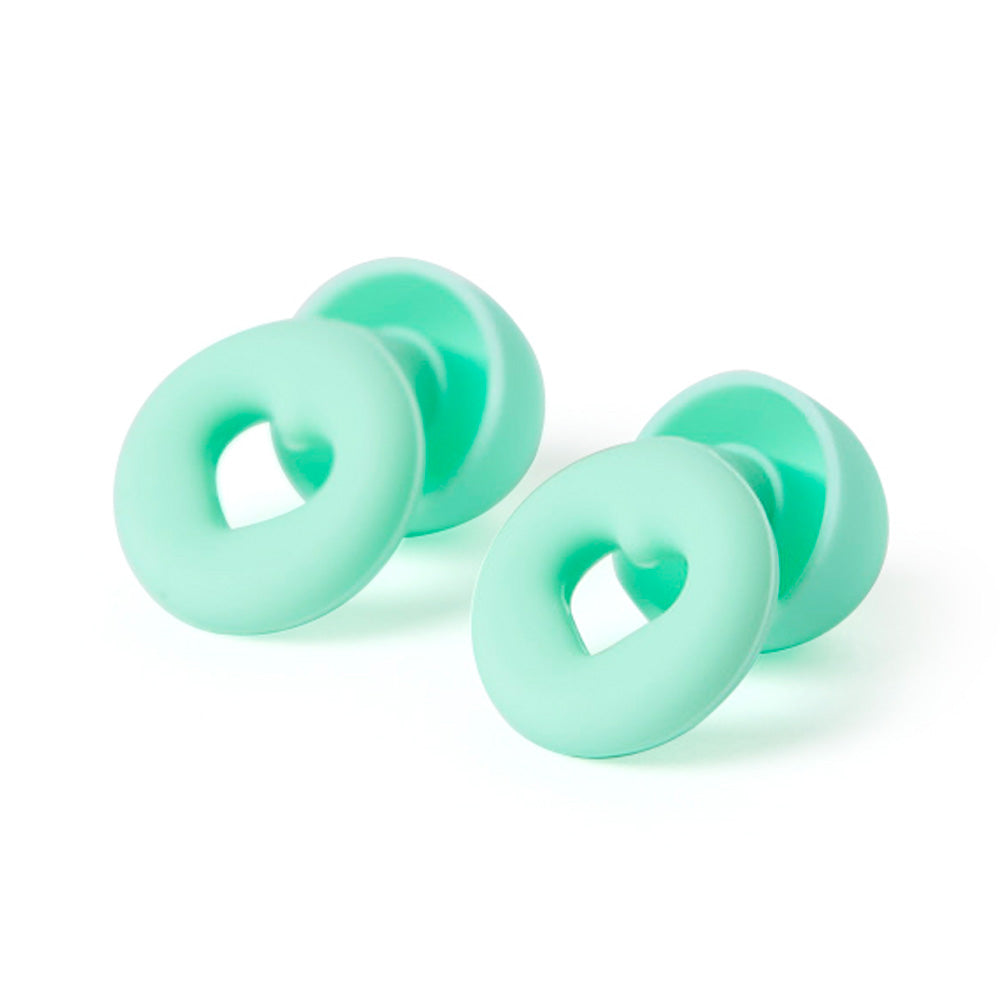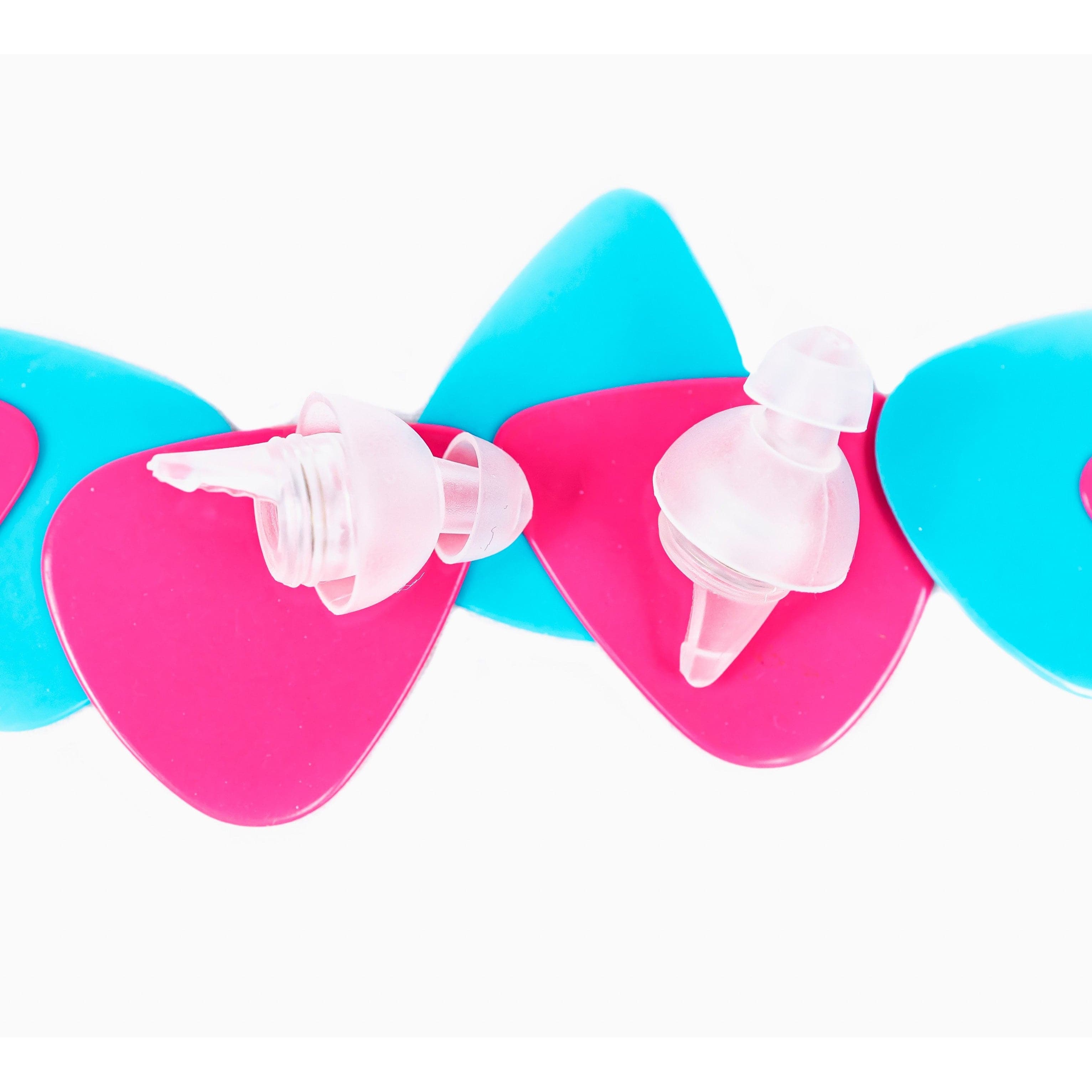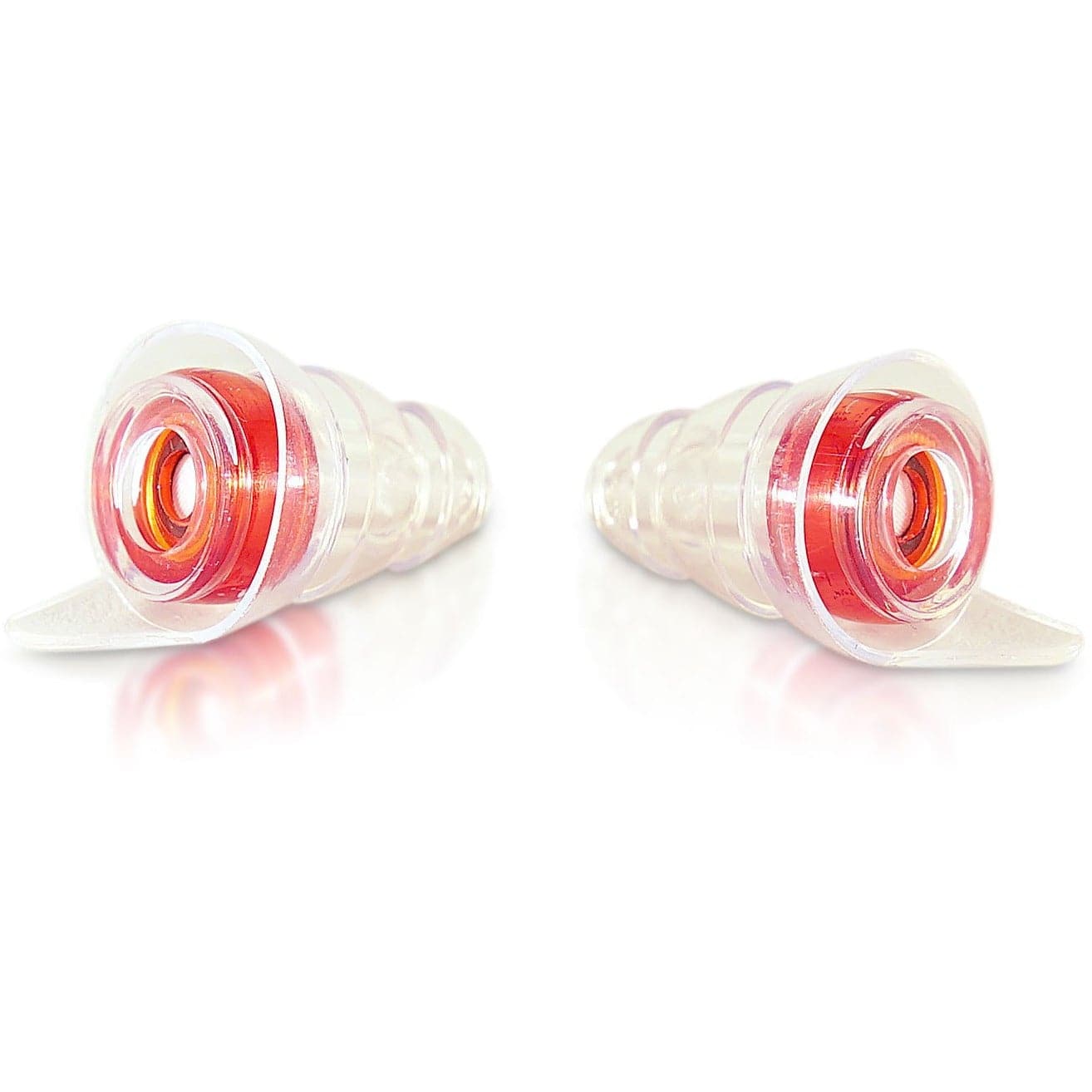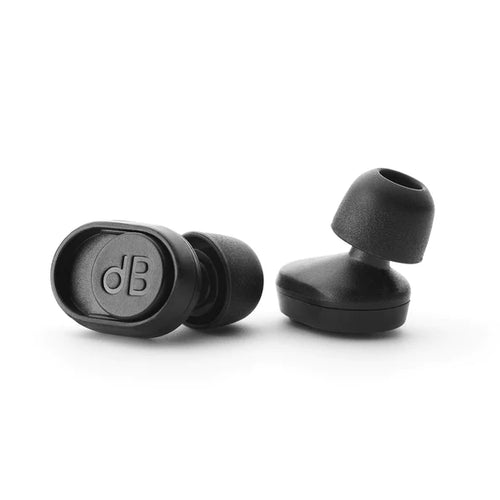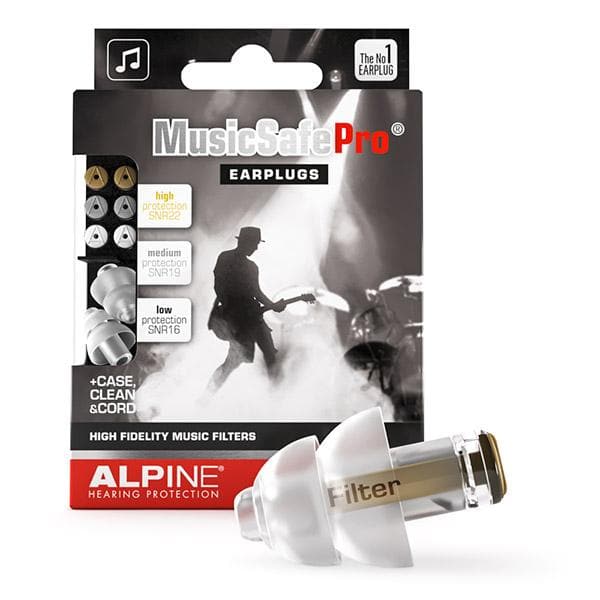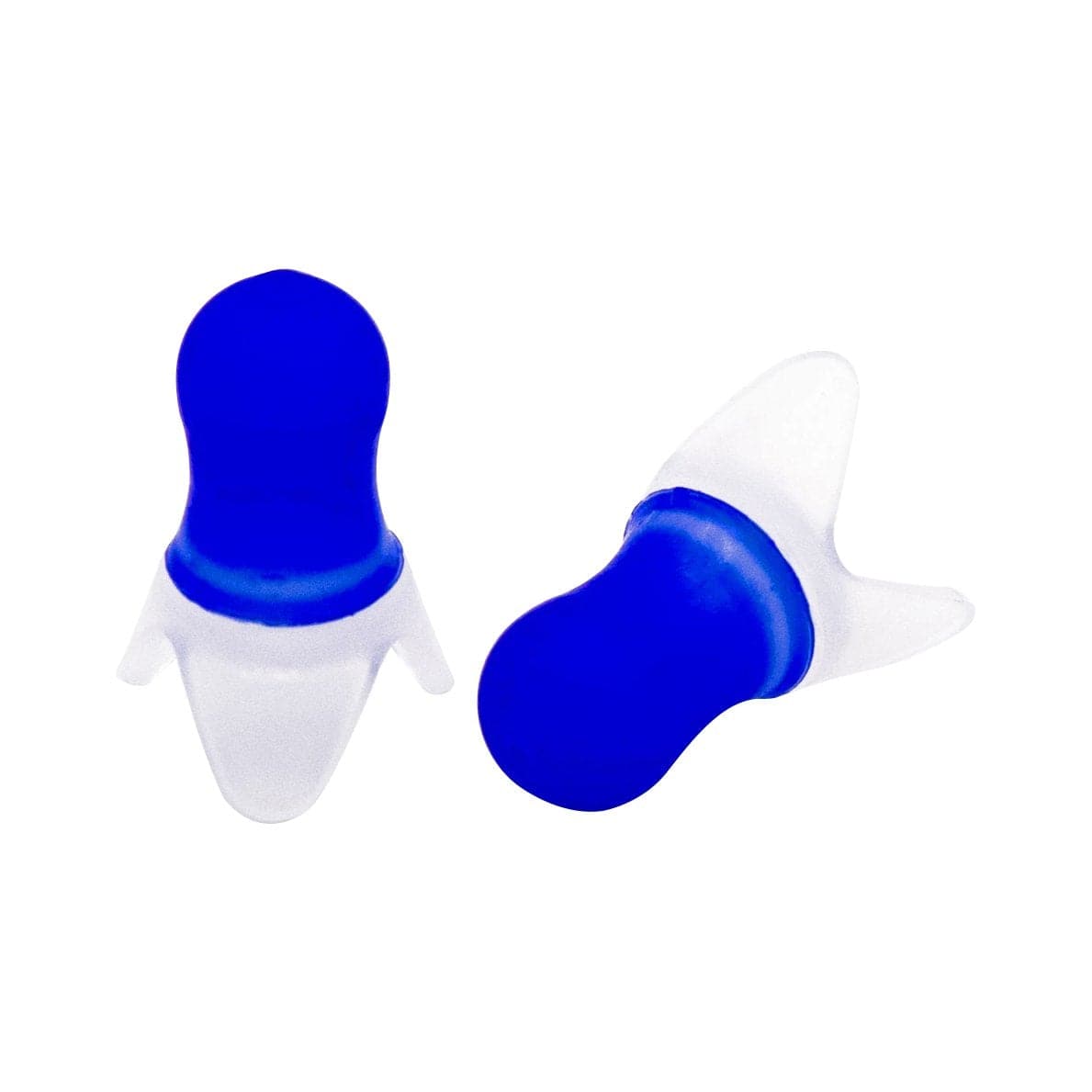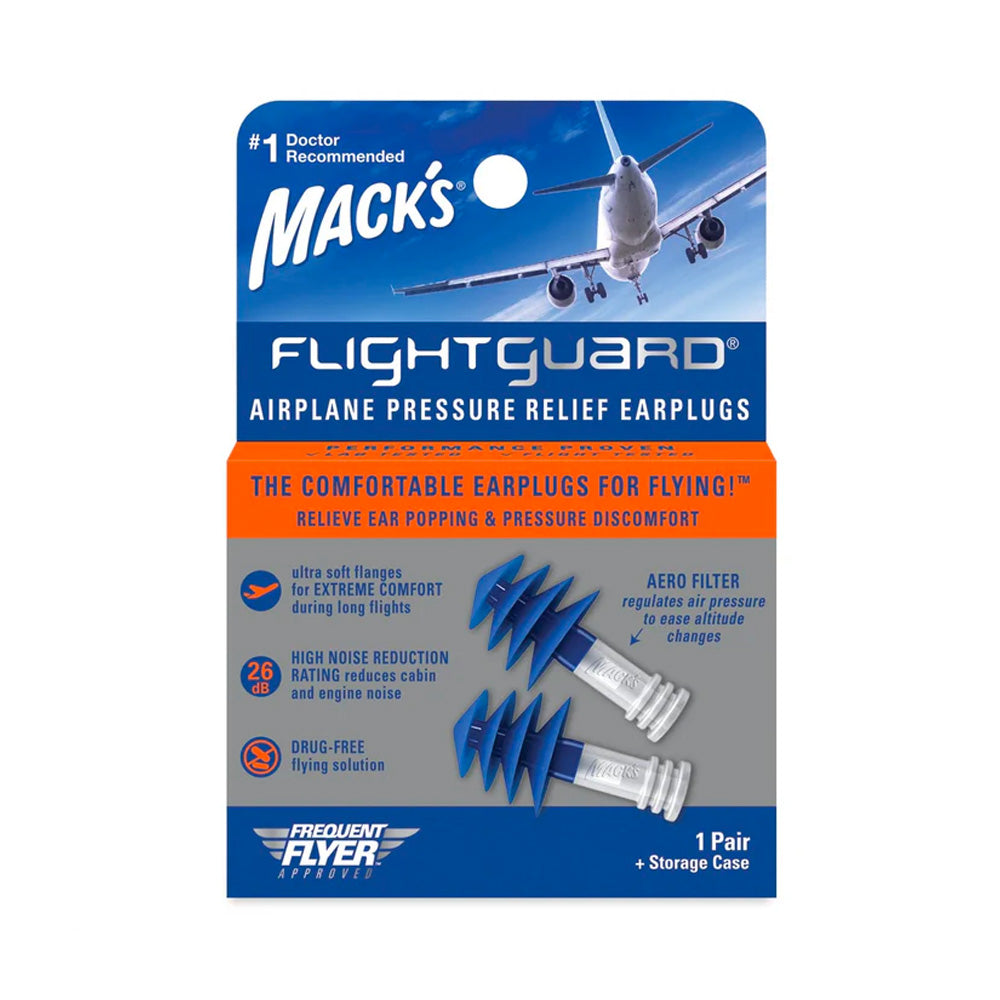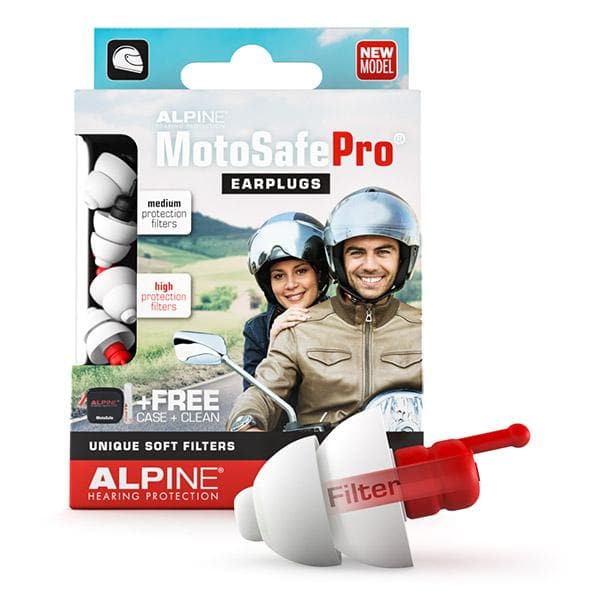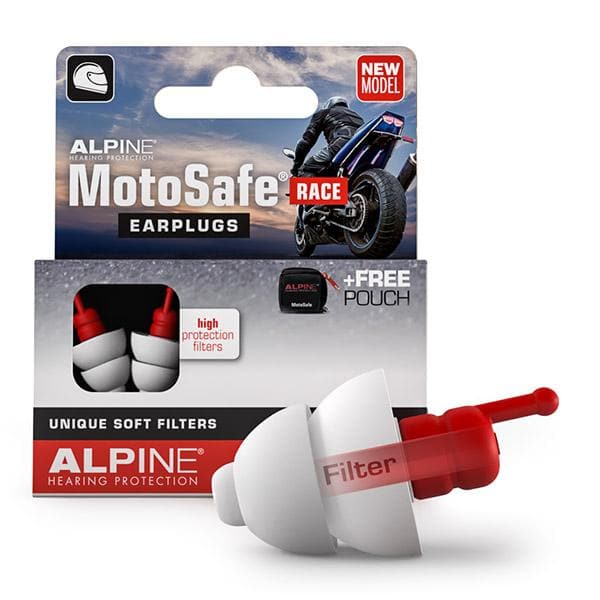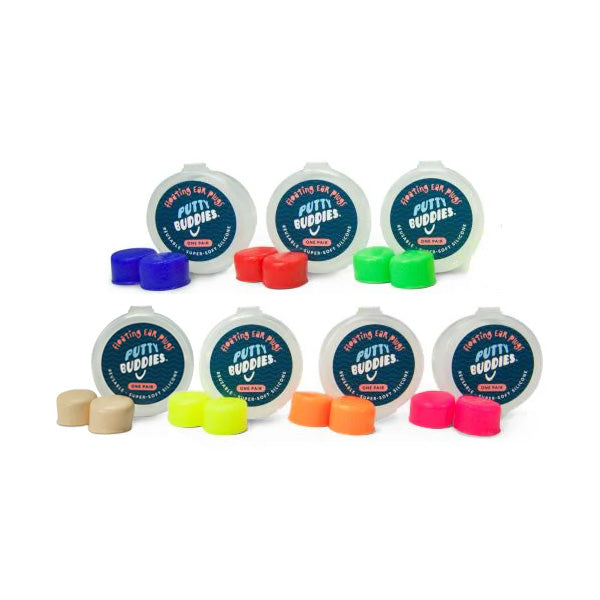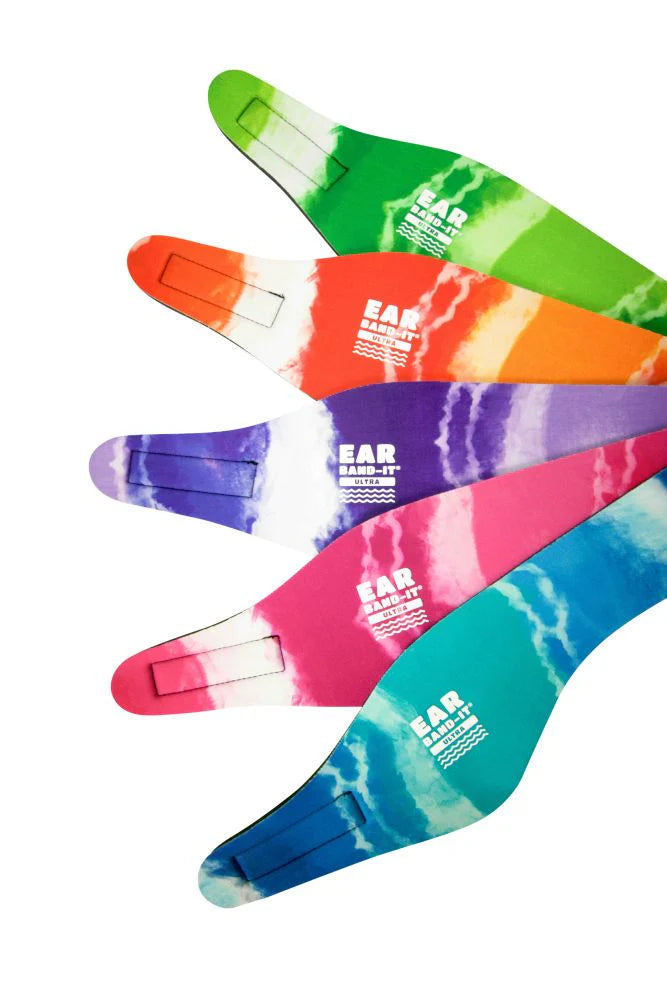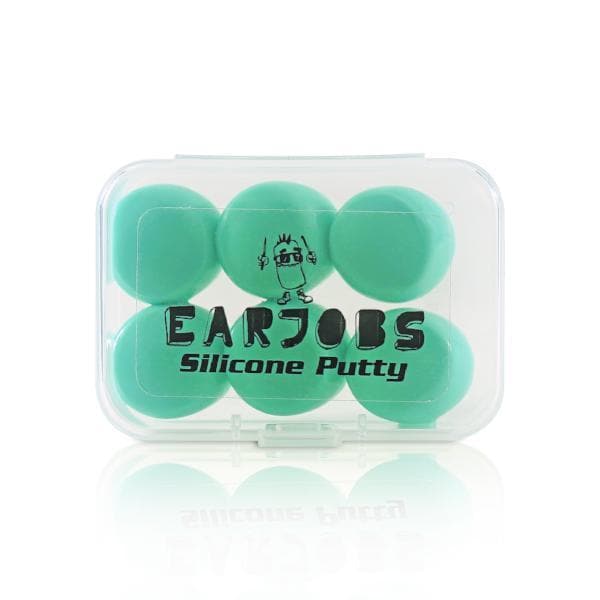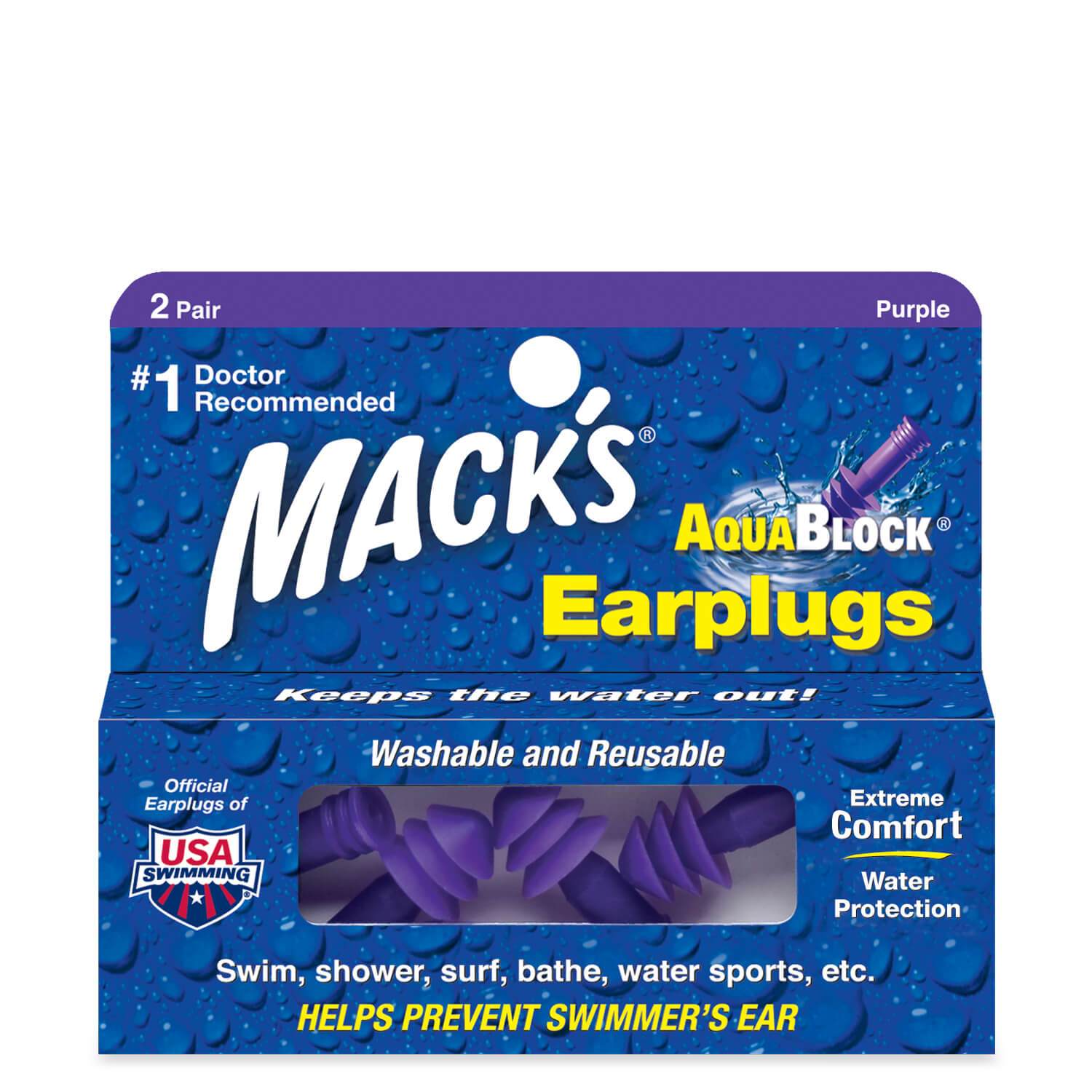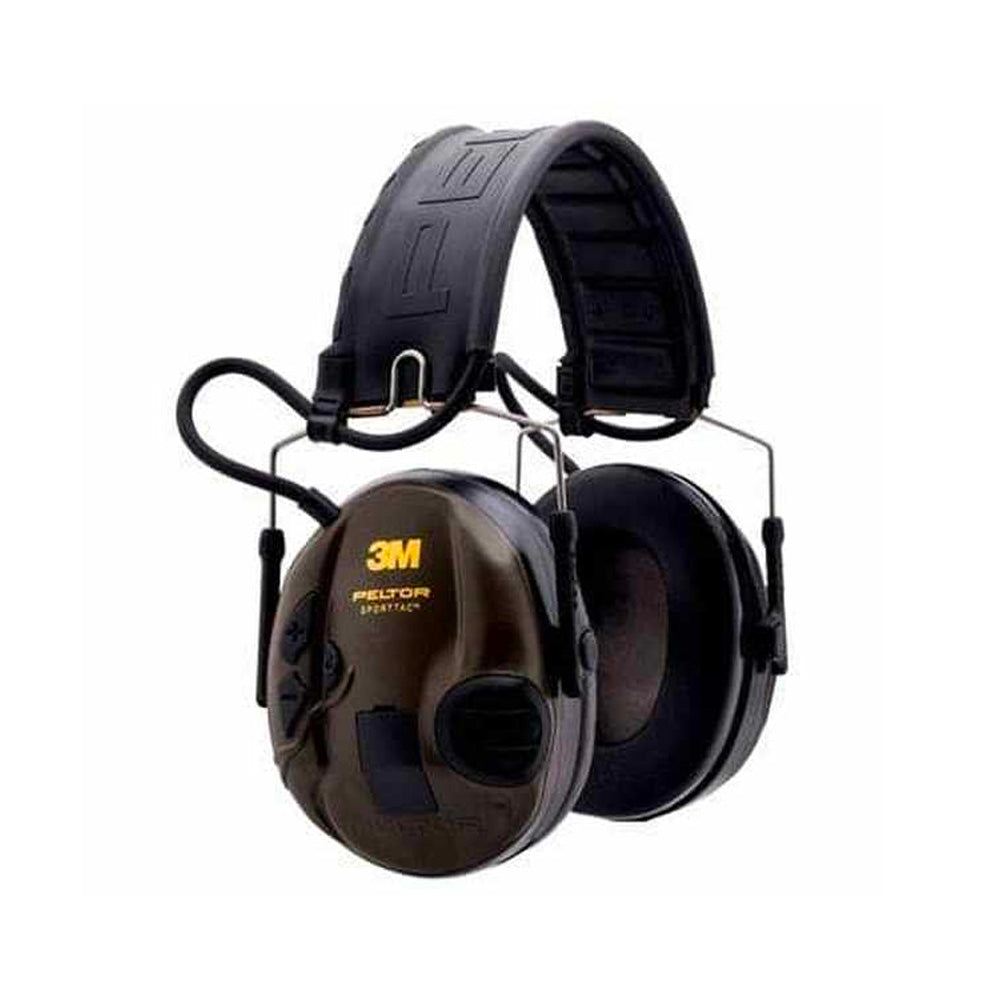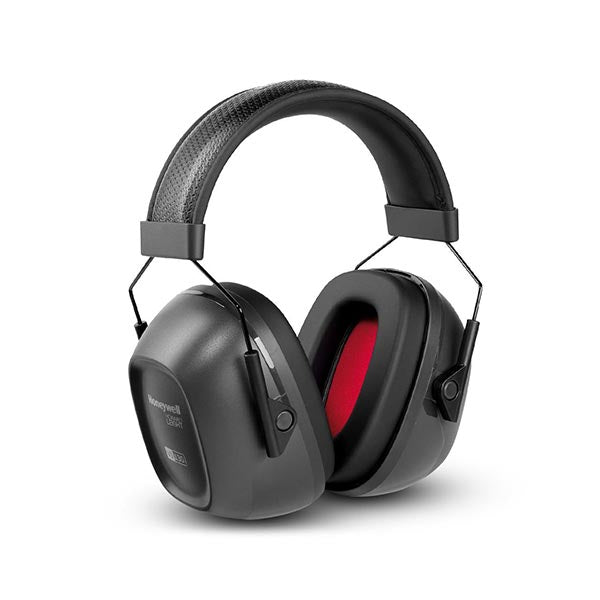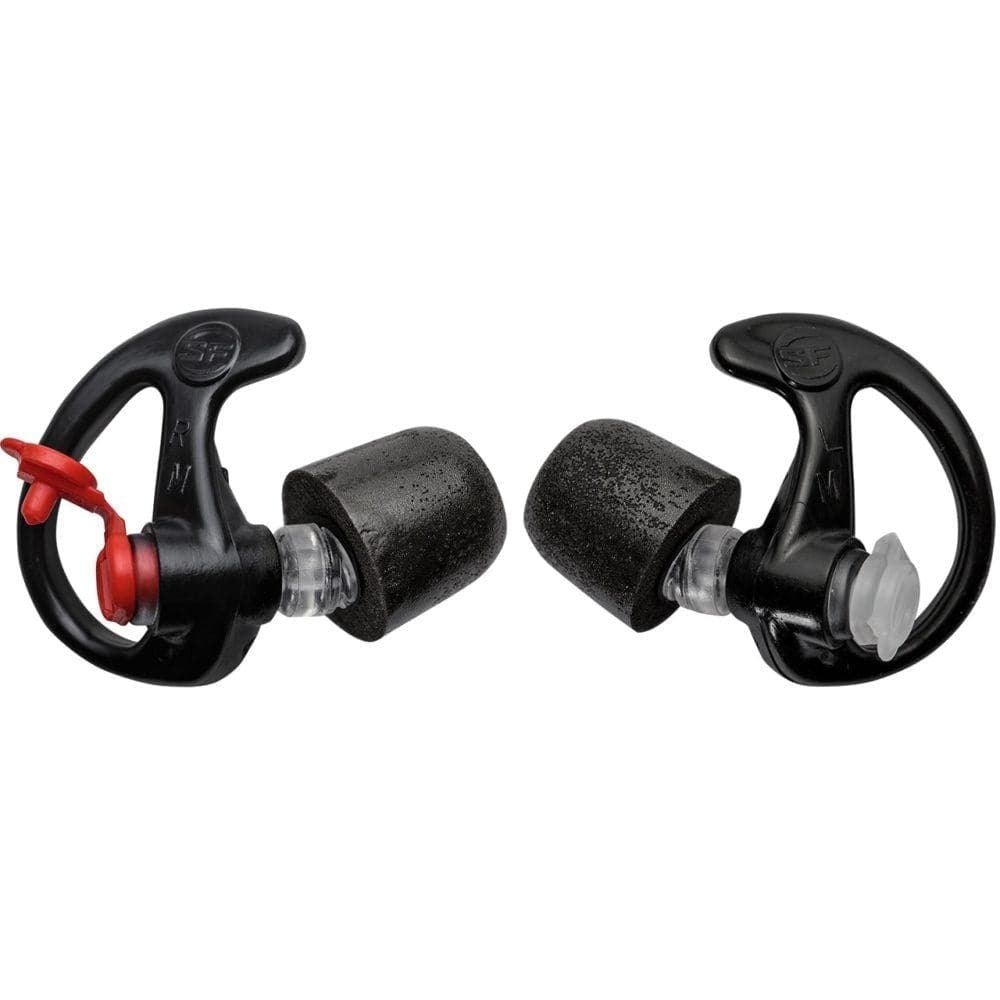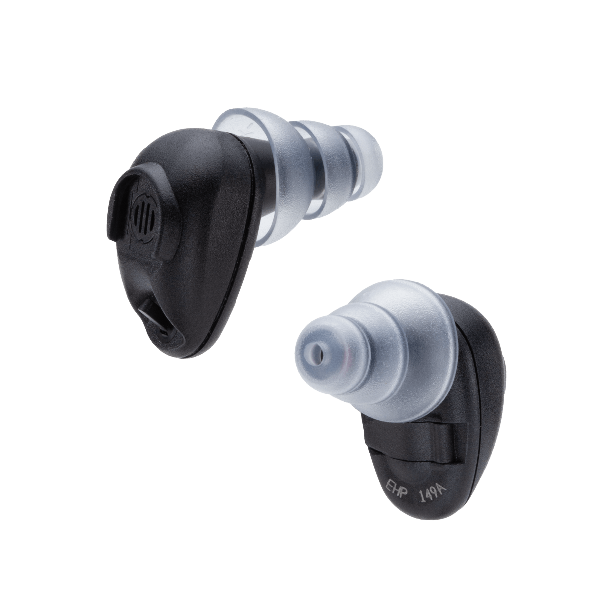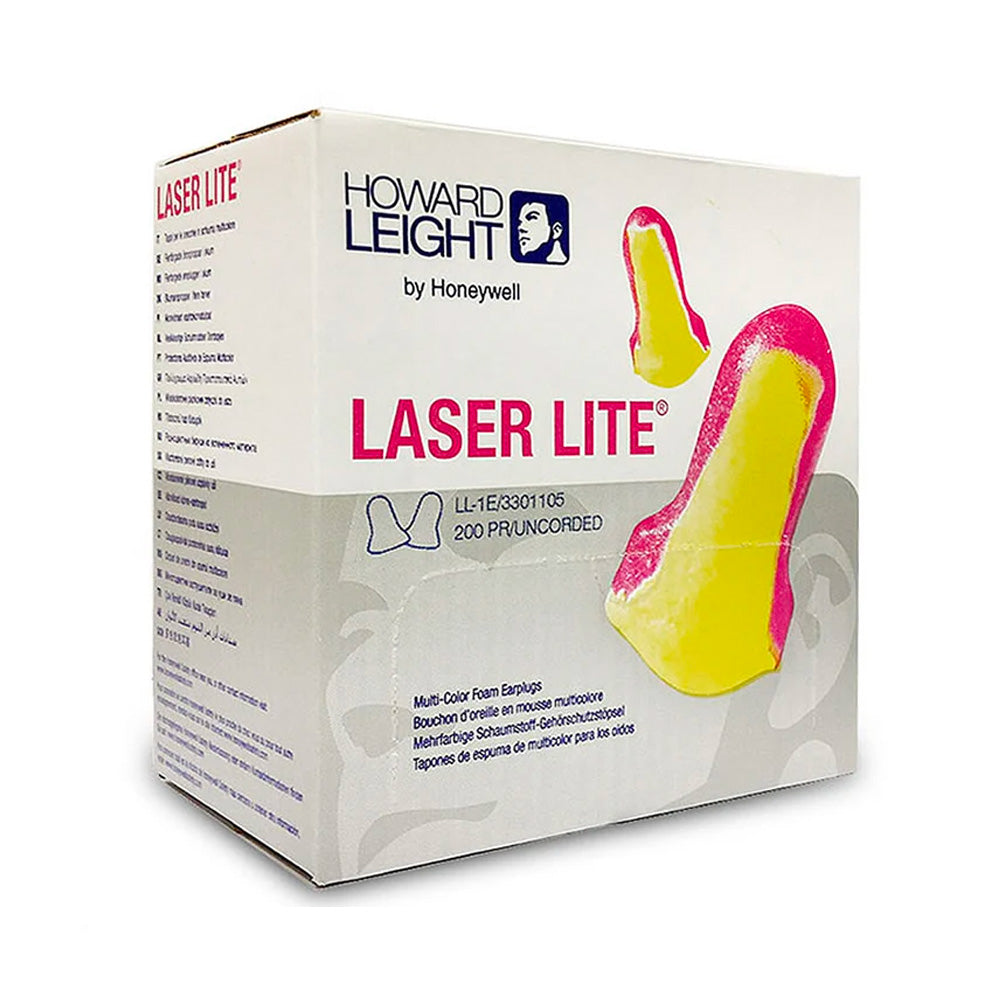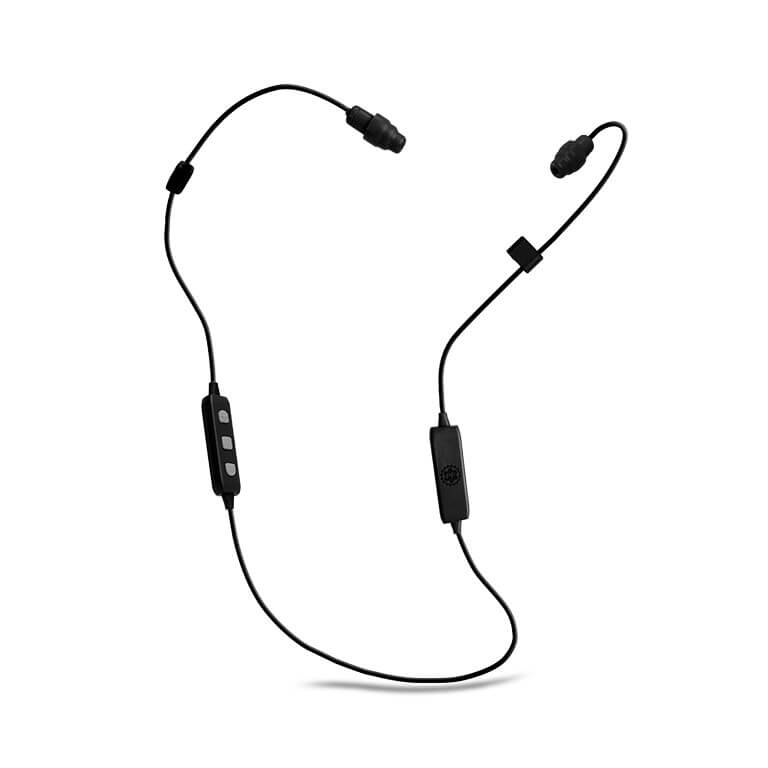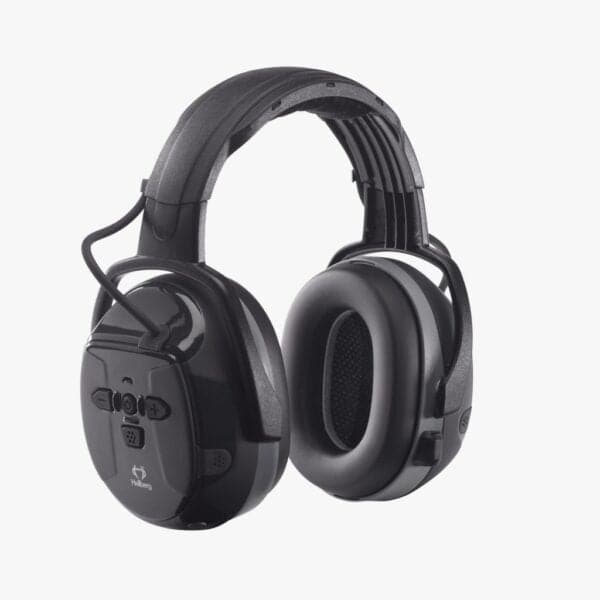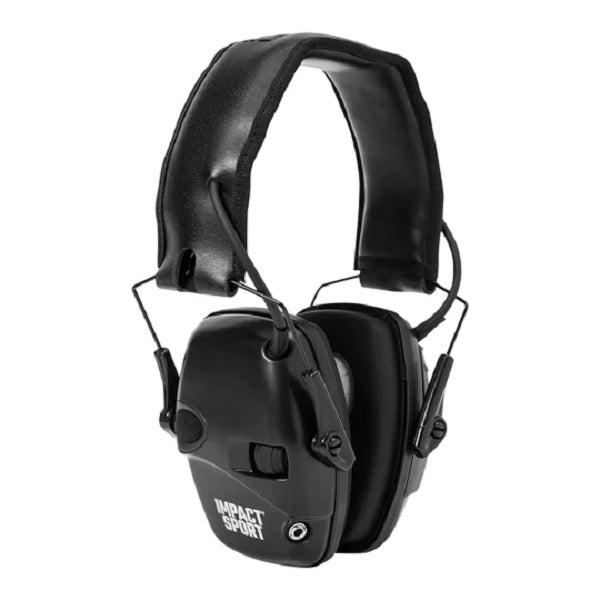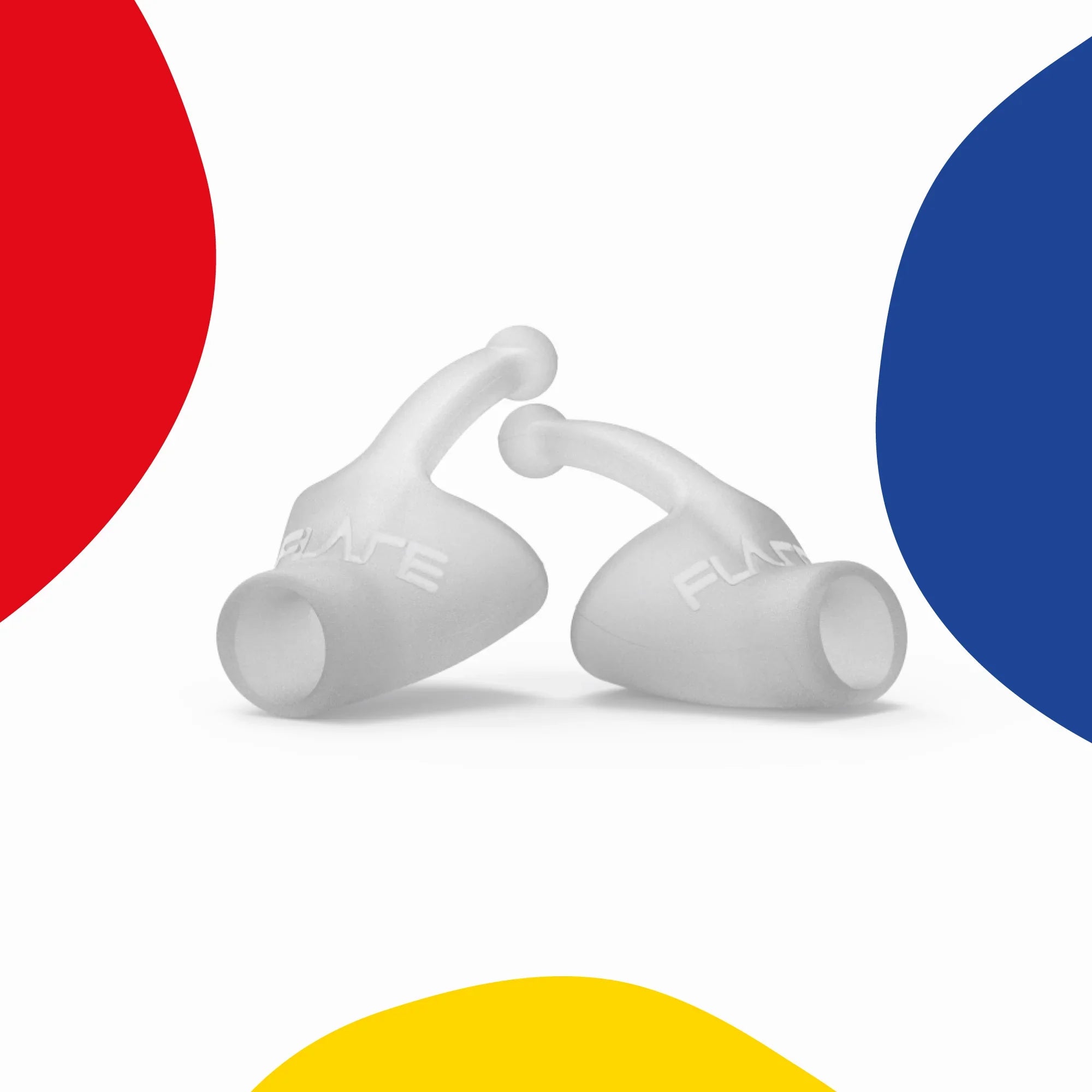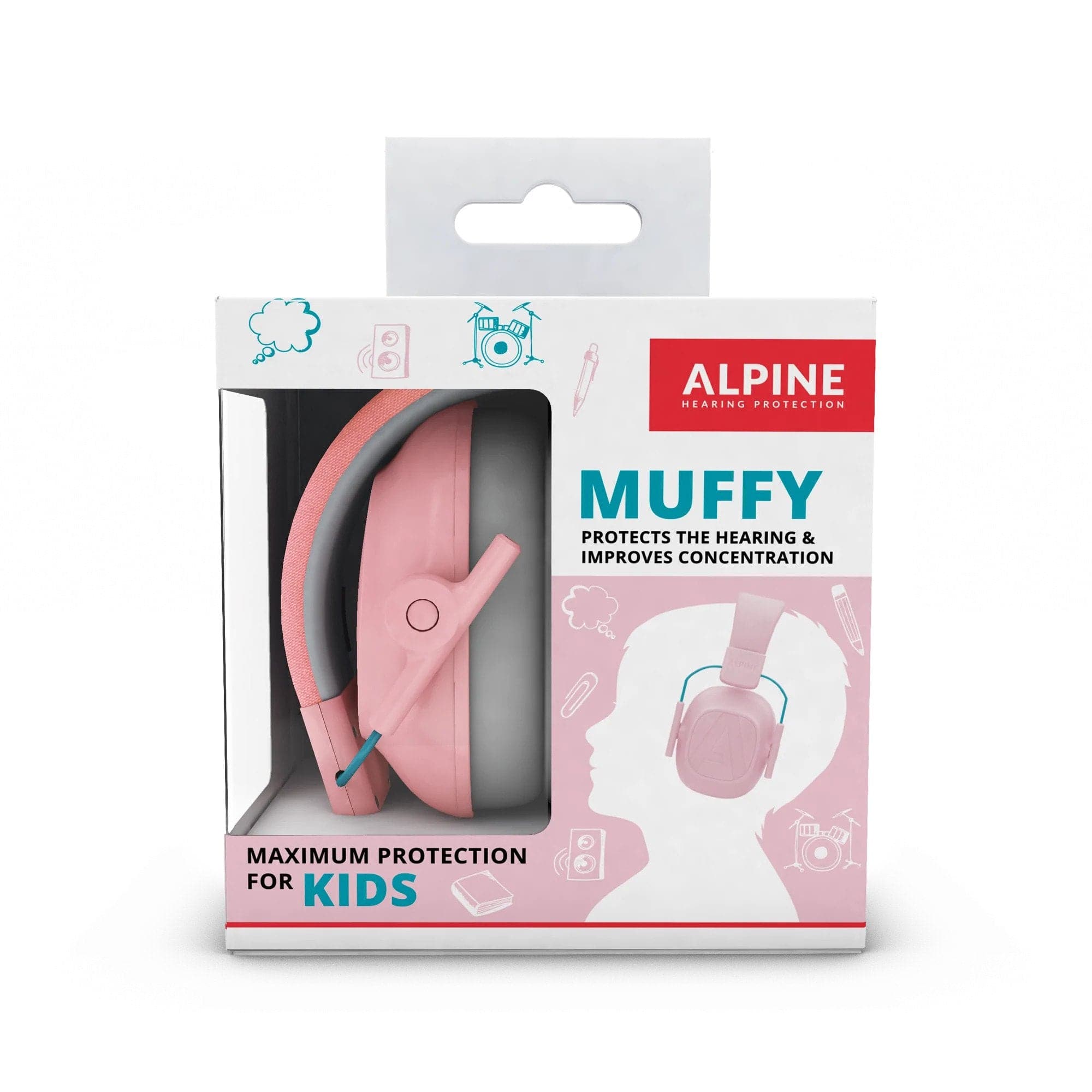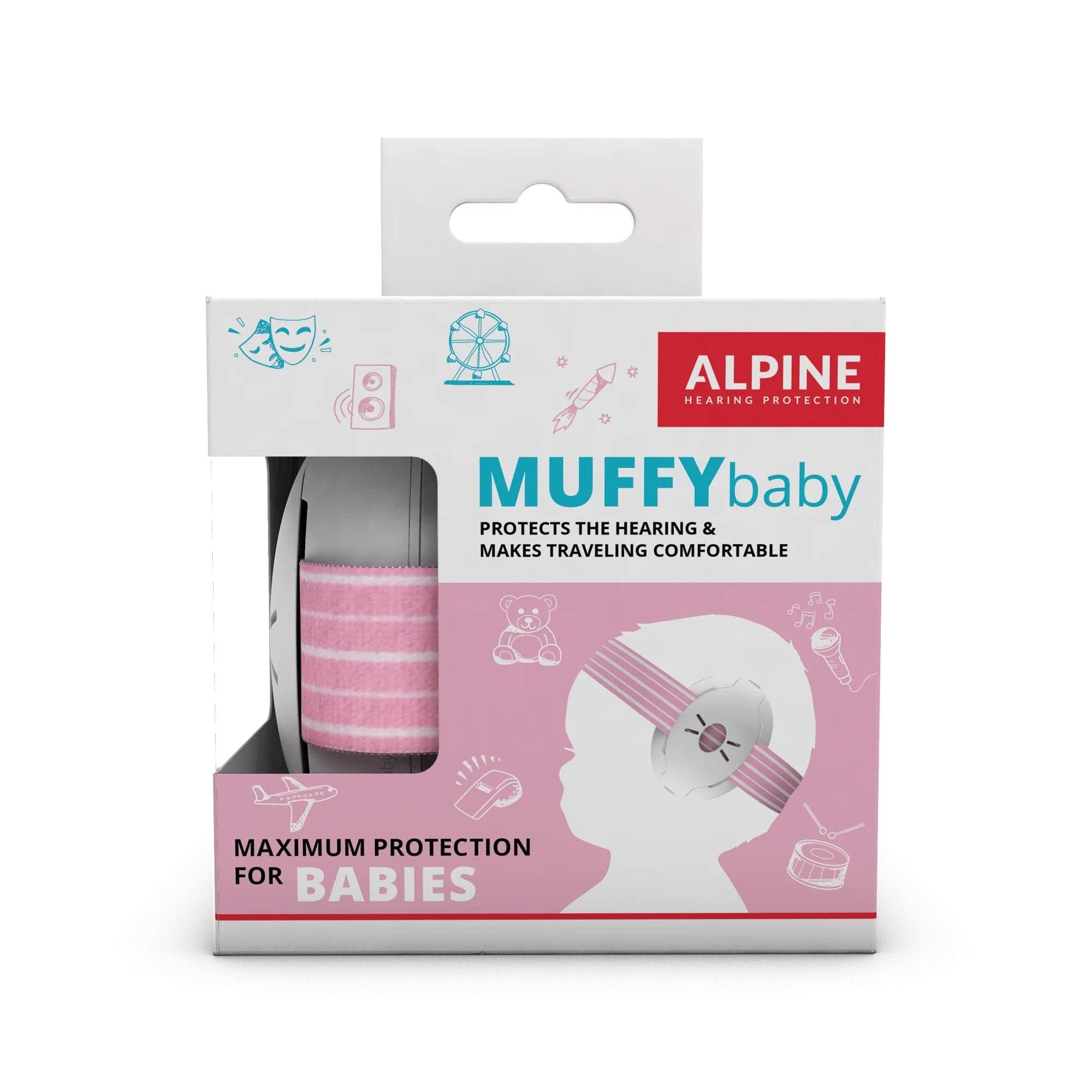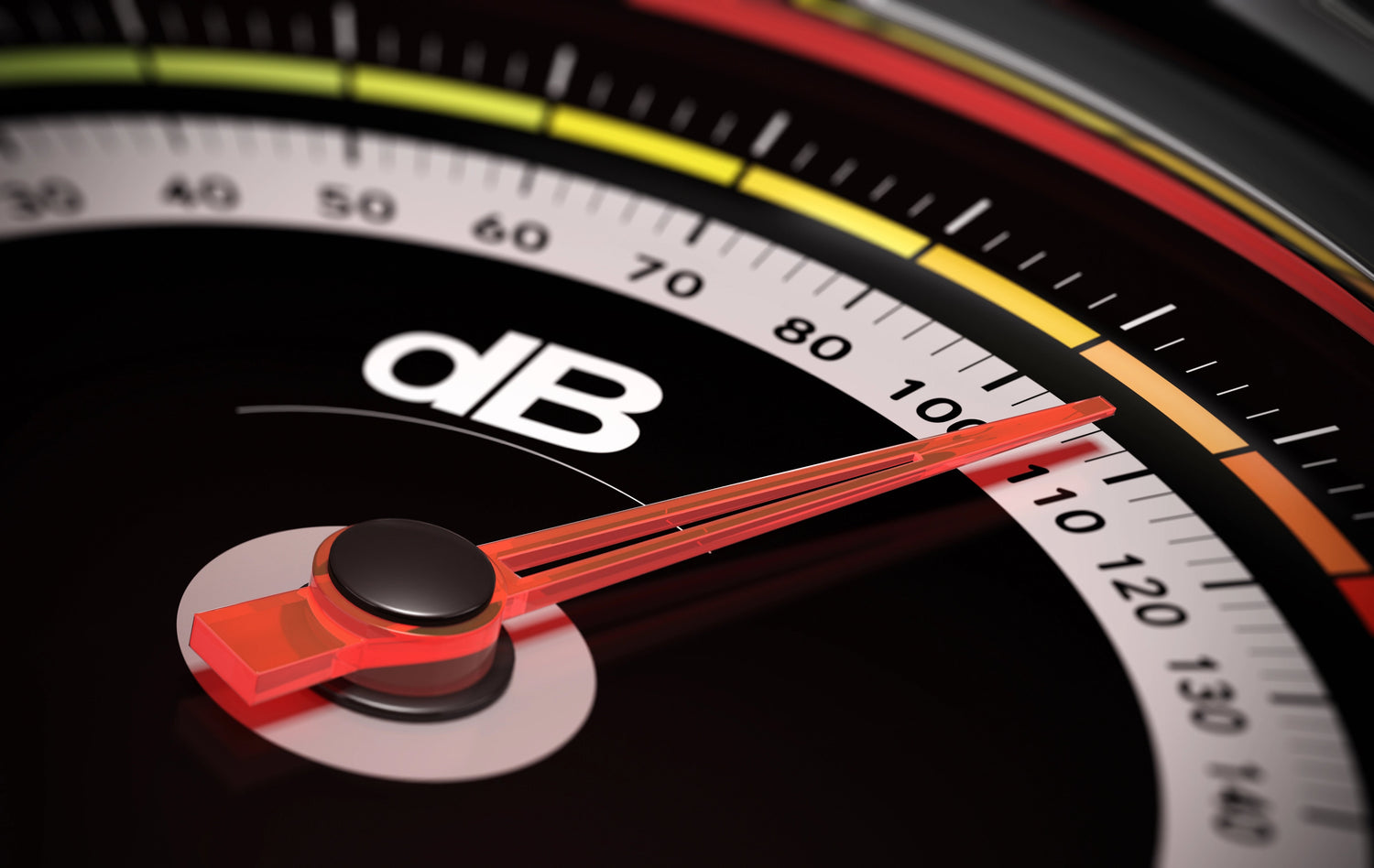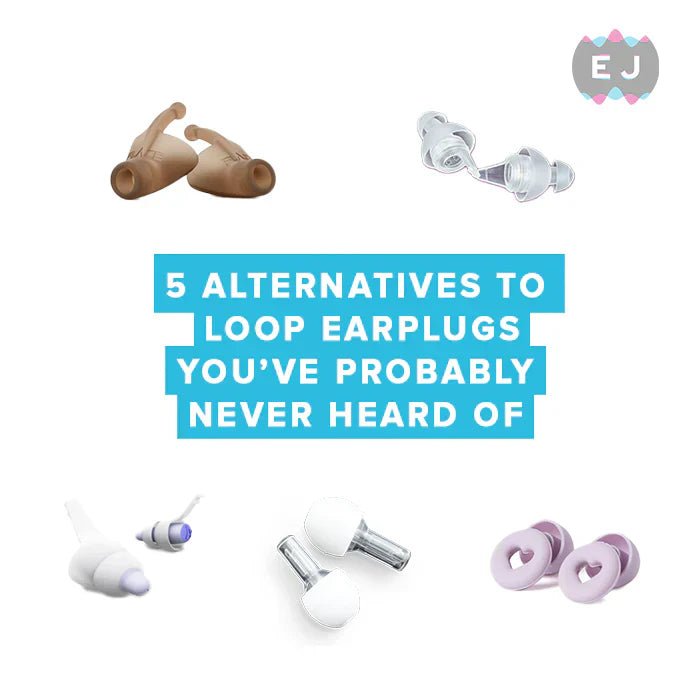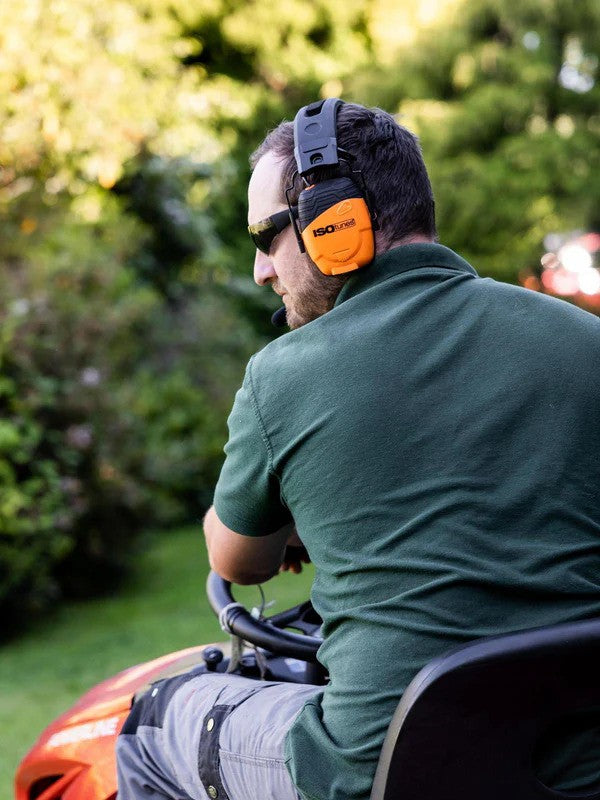Understanding Noise, Hearing Damage, and How to Protect Yourself
in New Zealand
Noise is part of everyday life in New Zealand — from busy construction sites to music festivals, factory floors, and even backyard DIY projects. But when does sound cross the line from normal to harmful? Understanding decibel (dB) levels — and how they impact hearing — is essential for keeping your ears safe.
Whether you're working in trades, manufacturing, or just love your live gigs, knowing how loud is too loud can help you prevent long-term hearing damage.
What Is a Decibel?
A decibel (dB) is the unit used to measure the intensity of sound. Measured on logarithmic scale, every 10 dB increase actually represents a tenfold increase in sound intensity. That means the difference between 85 dB and 95 dB isn’t just "a bit louder" — it's 10 times more intense.
Common Noise Levels:
Sound Approximate dB
Whisper 30 dB
Conversation 60-70 dB
Busy Traffic 70–80 dB
Lawn mower 80-90 dB
Factory Floor (no noise control) 85–95 dB
Power tools, jackhammers 90–110 dB
(construction)
Live concerts and nightclubs 100–120 dB
Chainsaws, grinders 110–120 dB
Jet engine (close) 130+ dB
Fireworks 150-175 dB
How Loud is Too Loud?
In New Zealand, WorkSafe NZ and global health authorities agree: exposure to noise above 85 dB can cause permanent hearing loss, especially with prolonged or repeated exposure.
Anything above 85 dB can damage the small hair cells in your ears and affect your hearing health, either over time or—if it's loud enough—immediately. This is called noise-induced hearing loss.
Here’s how fast damage can occur:
● 85 dB – Safe for up to 8 hours
● 94 dB – About 1 hour of safe exposure
● 100 dB – Only 15 minutes safe
● 110 dB – 1 minute or less
● 120 dB+ – Risk of instant damage
Whether you're working with tools or dancing at a festival, exposure time matters just as much as volume.
Construction and Factory Work: The Hidden Risks
Construction workers and factory staff are among the most exposed to high-decibel environments in NZ. On a typical worksite or industrial floor, noise levels can easily exceed 90–100 dB:
● Angle grinders & circular saws: 100–110 dB
● Jackhammers: Up to 120 dB
● Stamping presses or welding: 95–105 dB
● Indoor forklifts & conveyors: 85–95 dB
WorkSafe NZ requires employers to protect workers from noise over 85 dB (LAeq) and 140 dB (LCpeak). But even with rules in place, many workers go unprotected or under-protected.

For heavy-duty protection on worksites or in factories, consider earmuffs like the Honeywell Verishield VS110, which offer high attenuation and comfort for long shifts. They’re ideal for industrial use, with wide cushioned headbands and excellent noise reduction across a broad frequency range.
The Concert Scene: Loud and Lasting Damage
New Zealand’s music and festival culture is alive and well — but it comes at
a cost to our ears. Live music events can reach between 100 and 120 dB,
especially near speakers or on stage.
To put it into perspective:
● One 2-hour concert can exceed your daily safe noise dose
● At 110 dB, permanent damage can start in under 90 seconds
If you're a regular gig-goer or musician, you should be protecting your ears
at every event.
The Earjobs Musicmate Pro is a great solution for live music lovers. These high-fidelity earplugs lower the volume without distorting the sound quality — ideal for DJs, musicians, and fans who want clear audio without the damage.
Everyday Noise Exposure: Are You at Risk?
It’s not just worksites and concerts that can harm your hearing. Everyday
activities often add up:
● Lawn mowing: 85–90 dB
● Using a blender or hairdryer: 85–95 dB
● Motorcycling: 90–100 dB at highway speeds
● Listening to music on headphones at max volume: 100–105 dB

For casual but regular noise exposure — like commuting on a noisy bus, attending sports games, or mowing the lawn — consider Earjobs Silicone Putty Earplugs. They’re discreet, comfortable, reusable, and reduce enough volume for general protection while still letting you hear conversations and ambient sounds.
Warning Signs of Hearing Damage
You might already be affected without knowing it. Look out for:
● Tinnitus: Ringing or buzzing in the ears after exposure
● Muffled or dull hearing after concerts or loud shifts
● Difficulty following conversations, especially in background noise
● Turning up the TV or music more often
If you experience any of these, book a hearing check with a registered
audiologist.
Simple Steps to Protect Your Ears
1. Use the Right Protection - match your gear to your environment:
○ Honeywell Verishield VS110: Ideal for industrial and construction use
○ Earjobs Musicmate Pro: Great for music and gigs
○ Earjobs Silicone Putty: Everyday, general-use protection
2. Limit Your Exposure Time
Take breaks from loud environments. Step outside at concerts or rotate away from noisy machinery during shifts.
3. Lower the Volume
Keep headphones under 60% volume. Use noise-cancelling headphones to reduce the need for louder settings.
4. Monitor Noise Around You
5. Regular Hearing Checks
Especially if you work in noisy environments or experience symptoms.
Hearing Loss Is Avoidable
Whether you're swinging a hammer or strumming a guitar, your hearing is worth protecting. Exposure to loud noise is part of life in New Zealand — but hearing loss doesn’t have to be.
With affordable, comfortable protection like the Earjobs Musicmate Pro, Silicone Putty, or Honeywell Verishield VS110, you don’t need to choose between safety and enjoying your work or passions.

